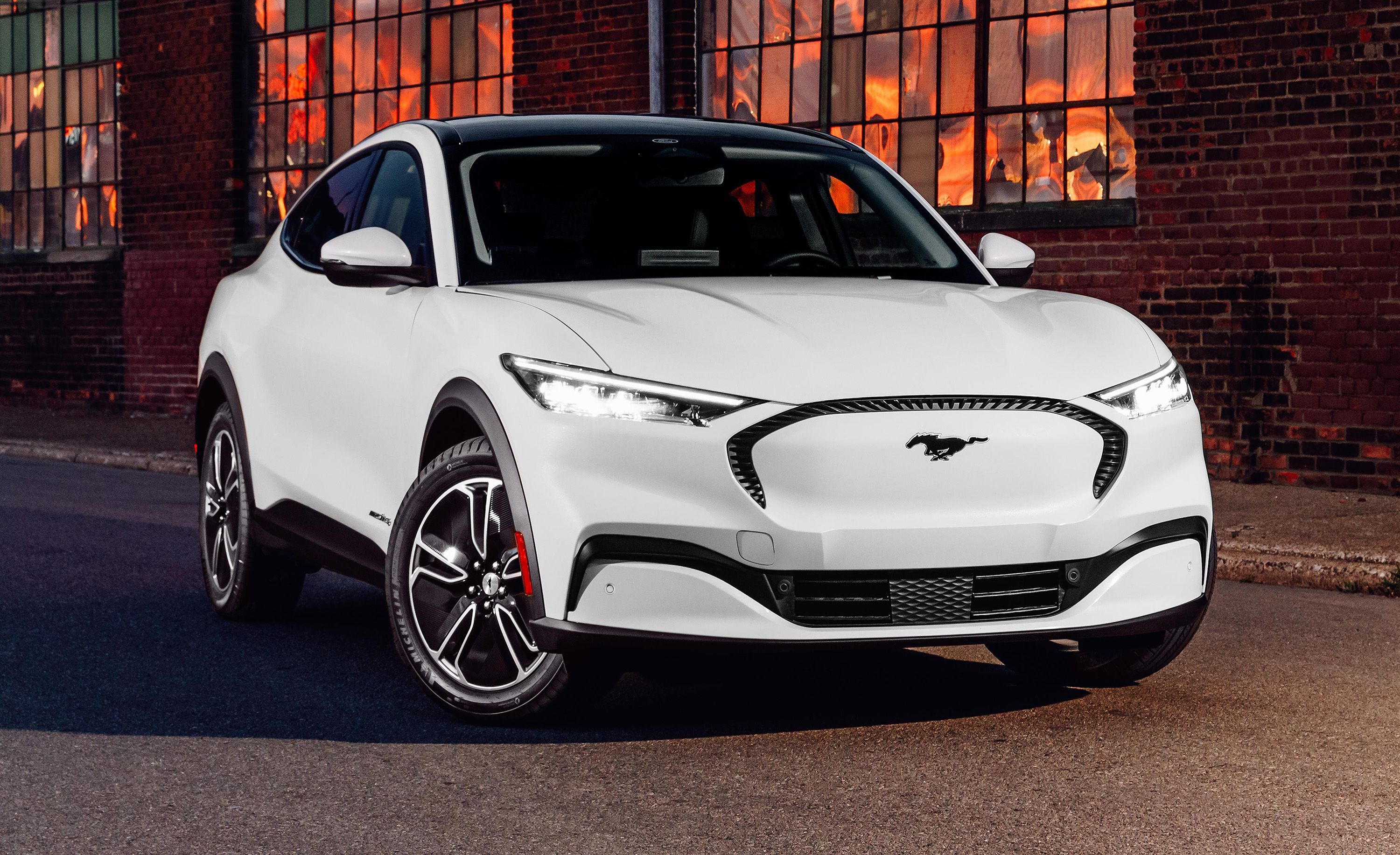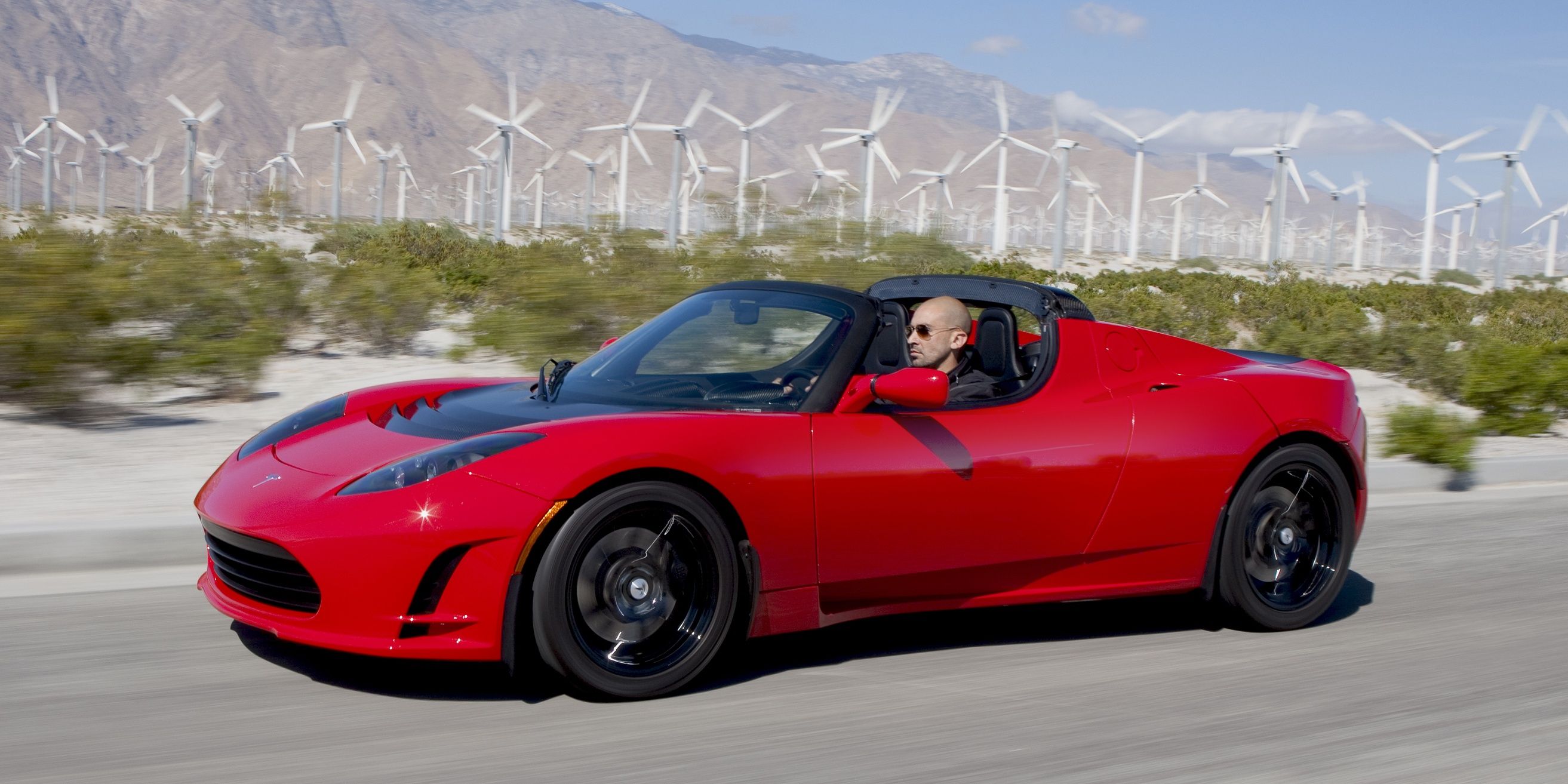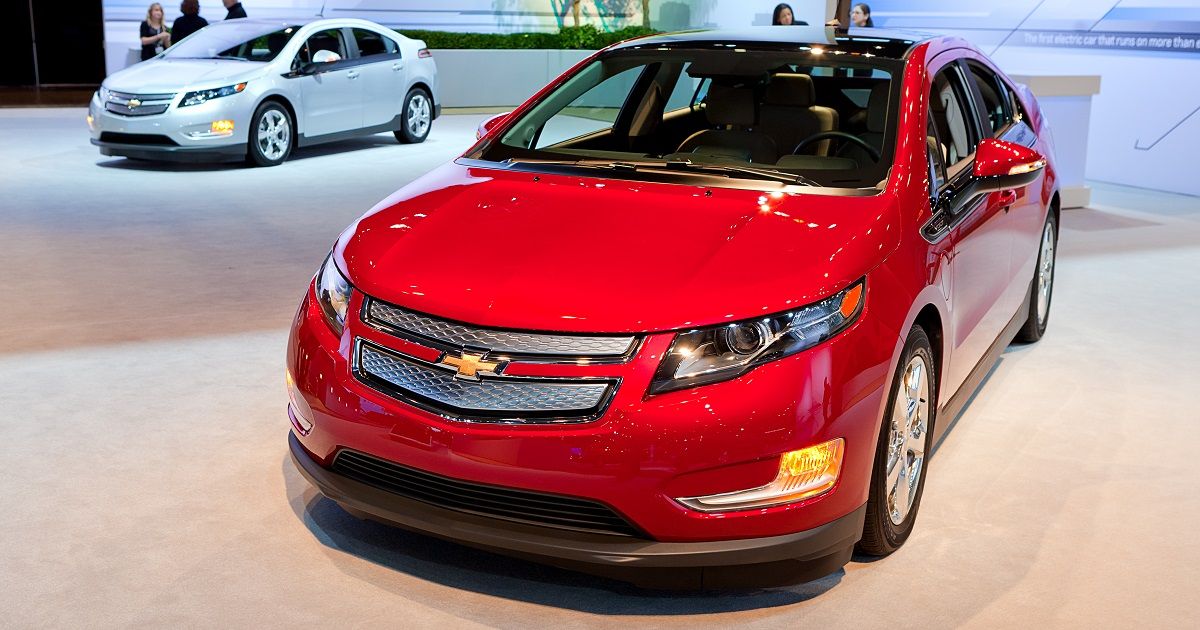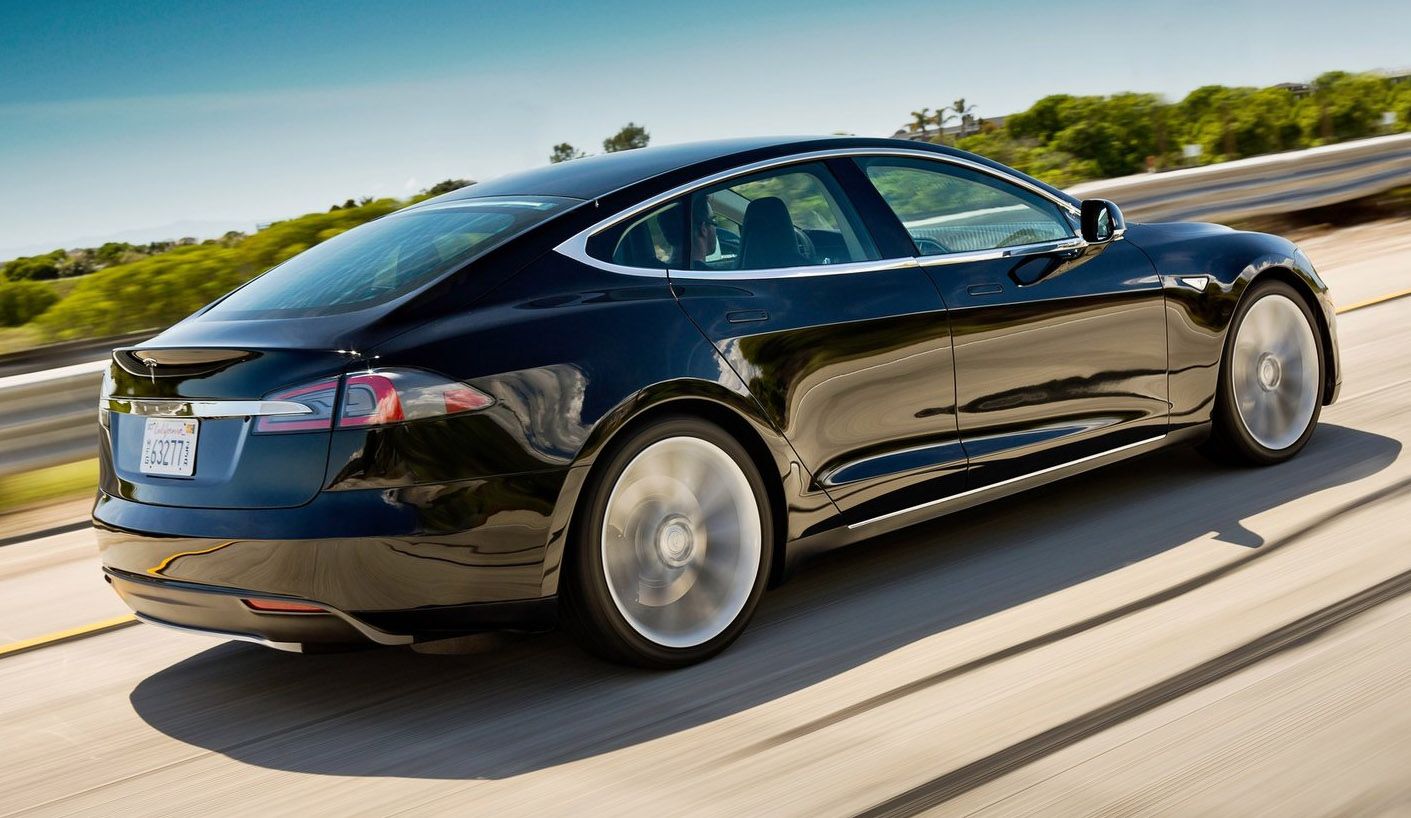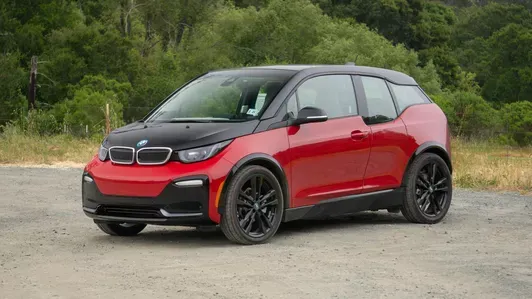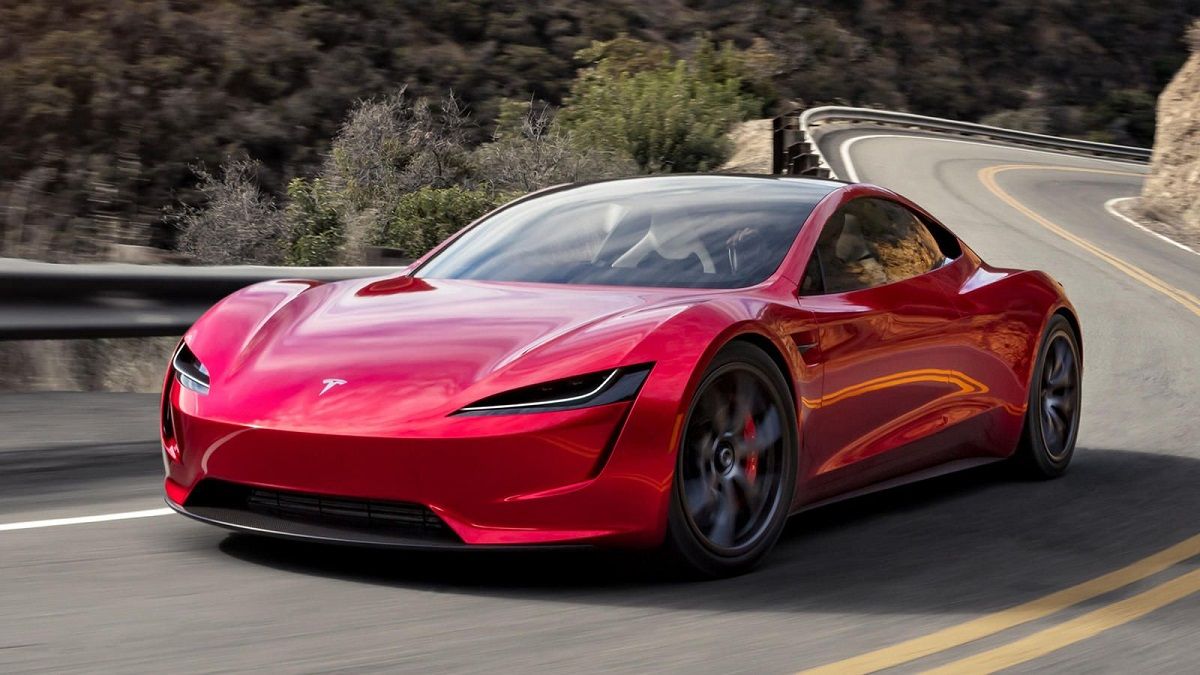Back in the mid-90s, GM introduced the first mass-market modern electric car built by an American company, the General Motors EV1. While it was far from the first electric car ever built, it was one of the first serious electric cars built for the US market. While the EV1 project ended in controversy, with many drivers singing their praises of the EV1 right as GM recalled every car and crushed them, it was a trailblazing vehicle that paved the way for automakers who produce electric cars today.
It has been years since the introduction of the GM EV1 in 1996 for the 1997 model year, and in the years since, the electric vehicle market has boomed in America, taking record-breaking strides in the past ten years in regards to technology, research, and development, and of course sales.
Here is how EV sales have grown over the years in the United States.
A Little Brand Called Tesla
Way before we had Tesla as the automotive giant as we know them today, Tesla Motors was a small California-based electric car manufacturer that started development on a small car called the Tesla Roadster in 2004.
This small roadster was built off the chassis of a Lotus Elise and was one of the first electric cars to compete with other gas-powered roadsters all around the world. It was one of the first electric cars to exist as a sports car first, and an electric car second, unlike many other electric cars that would sell the electric car gimmick over anything else.
While an electric power plant wasn’t the outright focus of the Roadster, it was excellent as an EV, becoming the first EV to travel over 200 miles on a single charge.
While the Tesla Roadster was successful as an industry-leading EV, it only sold roughly 2,450 units in its short run from 2008 to 2012, and while it was cheaper than many supercars at the time, its original price tag of $80,000-$120,000 left it out of the question for many US consumers who were considering going electric.
Nissan and Chevy Enter The EV Race
While the Tesla Roadster wasn’t necessarily a commercial success, it proved that there was a future for electric cars in America. Nissan and Chevy both entered into the EV race in December of 2010 with the Leaf and Volt respectively.
The first-generation Nissan Leaf was a fully-electric car that was offered in a family-friendly five-door hatchback layout. This EV hatch became an instant hit for having the same passenger-hauling capabilities as a regular hatchback, but with a fully-electric drivetrain. While the early Leaf only had a little over 70 miles of range on a full charge, it was still a huge step for EV production.
The GM giant Chevrolet came out with the Chevy Volt just as the Nissan Leaf was hitting dealer lots across the country. The major difference between the Volt and the Leaf was that the Volt was an electric car with a backup gasoline engine. This turned out to be a major success for the GM, with many consumers choosing the Volt due to range anxiety, or the fear of running out of battery with no place to charge. When the electric battery ran dry after 50 or so miles, a four-cylinder engine would take over.
With these automotive giants in the marketplace, EV sales in the US totaled 17,763 for 2011.
Electric Vehicles Move Into The Mainstream
Electric car sales reached another milestone in 2014 when sales of EVs reached 100,000 units for the year. Many of the early worries surrounding EVs were being worked out with research and development over the years, and by 2014, many of these stigmas were starting to vanish.
By 2014, the electric car market had a ton of brands fighting for their place in the market, with GM now producing the Chevy Volt, Spark EV, and Cadillac ELR, competing against their old rival Nissan with their Leaf, and Ford who now offered a Ford Fusion, Focus, and C-Max EV.
With the increase in EV competition, also came better technologies battling against each other, which helped improve cars dramatically. By 2014, Tesla was back with the Tesla Model S, the first truly mass-produced Tesla built for everyone. European brands such as BMW, Mercedes, Porsche, and VW had also entered the US EV market by this point as well.
2018: An EV Breakthrough
Ten years after the Tesla Roadster was first delivered to customers, the electric car reached a historic milestone. After selling around 195,000 electric cars in the United States for 2017, 2018 saw 361,315 cars sold, smashing the previous years’ sales numbers.
Along with an infrastructure that was improving that made EV ownership possible in big US cities, government incentives were more available than ever, giving EV buyers huge rebates on their electric car purchases alongside other privileges such as carpool lane access in California and other highly populated states.
For some people, owning an electric car was a no-brainer by 2018, and with over 25 EVs to choose from for the typical US buyer, an EV no longer meant compromising on performance and style for an electric drivetrain.
2021 And Beyond
While the Covid-19 pandemic has led to faltering EV sales for 2020 with around 296,000 units sold for the year, this did not mean the development of the EV has slowed down. With new exciting EV models from Tesla, GM, and Ford, including the jaw-dropping Mustang Mach-E performance SUV, the EV is more popular than ever before.
Power companies in the US are also dedicating more development to the recharging capabilities of big cities with more and more charging stations being developed every year. With the future of automobiles quickly switching to electric power, America is wasting no time developing and integrating the EV into its automotive culture.
Oh how far we have come from the GM EV1!

